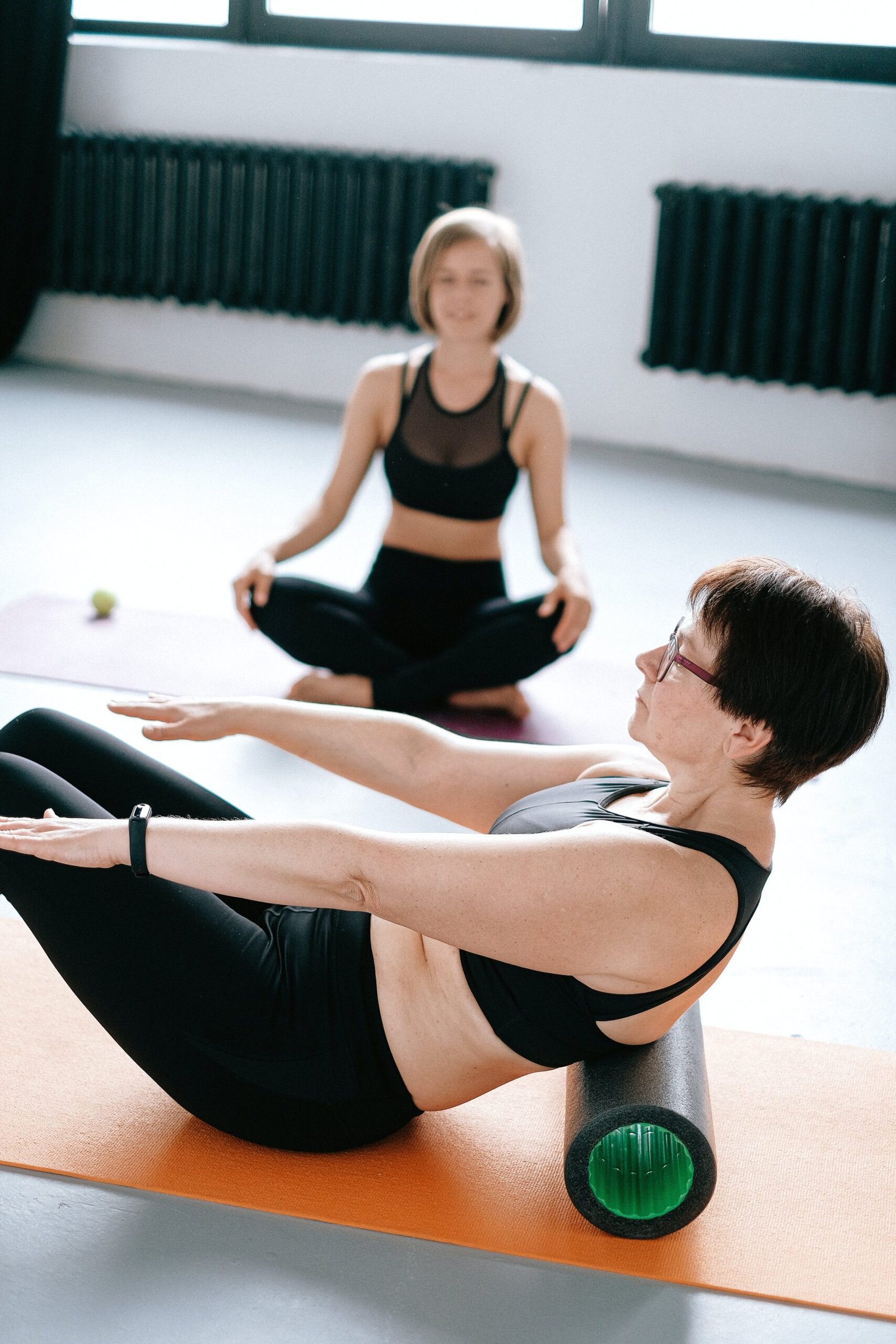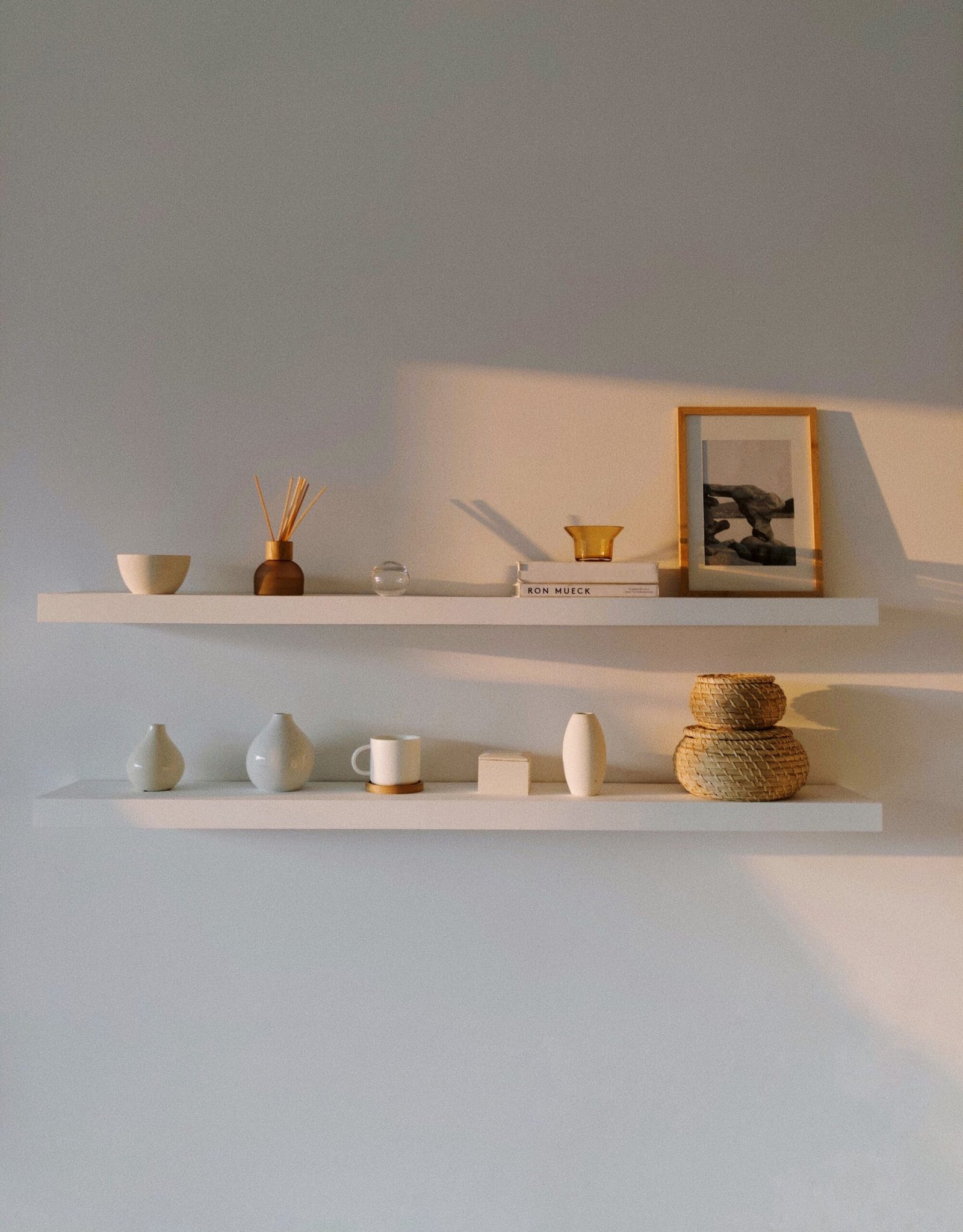
If you’ve ever experienced lower back pain when lying flat on your back, you know just how uncomfortable and frustrating it can be. But fear not, because we’ve got you covered with five simple exercises that can help relieve that nagging pain. Whether it’s caused by muscle tension, poor posture, or even a previous injury, these exercises are designed to target and strengthen the muscles in your lower back. So grab a mat, get ready to stretch, and say goodbye to that stubborn lower back pain for good!
Exercise 1: Pelvic Tilt

How to perform a pelvic tilt
To perform a pelvic tilt, lie on your back with your knees bent and your feet flat on the floor. Relax your lower back and engage your core muscles. Slowly tilt your pelvis forward, pressing your lower back into the floor. Hold this position for a few seconds, then release and return to the starting position. Repeat this movement several times.
Benefits of pelvic tilt exercise
The pelvic tilt exercise is a simple yet effective way to strengthen the muscles in your lower back and abdomen. By performing this exercise regularly, you can improve your posture, reduce lower back pain, and enhance overall core stability. Pelvic tilts also help to stretch and release tension in the hip flexor muscles, which can become tight and contribute to lower back discomfort. Incorporating pelvic tilts into your fitness routine can support your spine’s natural alignment and promote a healthier back.
Exercise 2: Knee to Chest Stretch
How to do the knee to chest stretch
Start by lying on your back with your legs extended. Bend one knee and bring it towards your chest, using your hands to gently pull it closer. Hold the stretch for 20-30 seconds, feeling a gentle stretch in your lower back and buttocks. Repeat on the other side, bringing the opposite knee towards your chest. Perform several repetitions on each side, gradually deepening the stretch if comfortable.
Benefits of knee to chest stretch
The knee to chest stretch is a simple but effective exercise for relieving lower back pain. By gently stretching the muscles in your lower back and buttocks, you can alleviate tension and promote relaxation. This stretch also helps to mobilize the spine and increase flexibility, which can improve overall spinal health. Incorporating the knee to chest stretch into your daily routine can provide relief from lower back discomfort and contribute to a more comfortable and mobile back.
Exercise 3: Supine Hamstring Stretch
How to do the supine hamstring stretch
Lie on your back with your legs extended. Lift one leg towards the ceiling, keeping the knee straight and the foot flexed. Use your hands to gently pull the leg closer to your chest until you feel a stretch in the back of your thigh. Hold this position for 20-30 seconds, then release and repeat on the other leg. Perform several repetitions on each side, gradually increasing the intensity of the stretch if comfortable.

Benefits of supine hamstring stretch
The supine hamstring stretch is an excellent exercise for maintaining flexibility in the back of your thighs and lower back. By stretching the hamstrings, you can alleviate tightness in the muscles that can contribute to lower back pain. Regularly performing this stretch can improve your overall range of motion, prevent muscle imbalances, and promote better posture. Incorporating the supine hamstring stretch into your routine can help reduce lower back discomfort and enhance your overall flexibility.
Exercise 4: Bridge Pose
How to do the bridge pose
Start by lying on your back with your knees bent and your feet flat on the floor. Place your arms by your sides, palms facing down. Engage your core muscles and press through your heels to lift your hips off the ground. Lift your hips as high as is comfortable, keeping your shoulders and feet grounded. Hold this position for a few seconds, then slowly lower your hips back down to the starting position. Repeat the bridge pose several times.
Benefits of the bridge pose
The bridge pose is a fantastic exercise for strengthening the muscles in your lower back, glutes, and core. By engaging these muscles, you can improve stability, reduce lower back strain, and support overall spinal health. The bridge pose also helps to stretch and release tension in the chest, shoulders, and hip flexors, which can become tight and contribute to lower back discomfort. Incorporating the bridge pose into your routine can help alleviate lower back pain and promote a stronger and healthier back.
Exercise 5: Knee Rolls
How to perform knee rolls
Lie on your back with your knees bent and your feet flat on the floor. Keep your arms by your sides, palms facing down. Slowly drop your knees to one side, allowing them to gently roll towards the floor. Keep your shoulders grounded and maintain the natural curve of your lower back. Hold this position for a few seconds, then return to the starting position. Repeat the movement on the other side, performing several repetitions on each side.
Benefits of knee rolls exercise
Knee rolls are a gentle exercise that can help relieve tension and promote flexibility in the lower back and hips. By rotating the hips and spine, you can release tightness and reduce discomfort in these areas. Knee rolls also help to improve spinal mobility and increase circulation to the lower back, which can aid in the healing process. By incorporating knee rolls into your routine, you can alleviate lower back pain and promote a more comfortable and flexible back.
Exercise 6: Lower Abdominal Exercise

How to perform lower abdominal exercises
Lie on your back with your knees bent and your feet flat on the floor. Place your hands on your lower abdomen. Take a deep breath in and as you exhale, gently draw your belly button in towards your spine, engaging your lower abdominal muscles. Hold for a few seconds, then release and repeat. Start with a few repetitions and gradually increase the number as you become more comfortable.
Benefits of lower abdominal exercises
Lower abdominal exercises can help strengthen the deep core muscles that support the lower back. By engaging and strengthening these muscles, you can improve spinal stability and reduce the risk of lower back pain and injury. Lower abdominal exercises also help to improve posture, as they promote proper alignment of the spine. By incorporating these exercises into your routine, you can enhance your core strength and support a healthier and more resilient back.
Exercise 7: Cat-Cow Stretch
How to do the cat-cow stretch
Start on your hands and knees, with your wrists directly under your shoulders and your knees under your hips. Inhale as you arch your back, allowing your belly to drop towards the floor and lifting your gaze towards the ceiling (this is the cow stretch). As you exhale, round your spine upwards, tucking your tailbone and dropping your head towards the floor (this is the cat stretch). Alternate between the cat and cow stretches, moving with your breath, for several repetitions.
Benefits of cat-cow stretch for lower back pain
The cat-cow stretch is a wonderful exercise for promoting spinal flexibility and relieving tension in the lower back. By moving through these opposing stretches, you can mobilize and stretch the muscles and joints along your spine, reducing stiffness and discomfort. The cat-cow stretch also helps to improve spinal alignment and posture, supporting a healthier lower back. Incorporating this exercise into your routine can provide relief from lower back pain and promote a more comfortable and mobile back.
Exercise 8: Seated Forward Bend
How to do the seated forward bend
Sit on the floor with your legs extended in front of you. Sit up tall and lengthen your spine. Take a deep breath in, and as you exhale, bend forward from your hips, reaching towards your feet. If you’re unable to reach your feet, you can use a strap or towel around the soles of your feet to gently pull yourself closer. Hold the stretch for 20-30 seconds, feeling a gentle stretch in the back of your thighs and lower back. Slowly release and return to an upright position. Repeat the seated forward bend several times.
Benefits of seated forward bend exercise
The seated forward bend is an effective exercise for stretching the lower back, hamstrings, and calves. By gently folding forward, you can lengthen and release tension in these muscles, promoting relaxation and relief from lower back pain. This exercise also helps to improve blood circulation to the lower back, which can aid in the healing process and reduce inflammation. Incorporating the seated forward bend into your routine can support a healthier and more flexible back.
Exercise 9: Figure-Four Stretch
How to perform the figure-four stretch
Lie on your back with your knees bent and your feet flat on the floor. Cross one ankle over the opposite knee, creating a figure-four shape with your legs. Use your hands to gently push the knee of the crossed leg away from your body, feeling a stretch in your buttocks and outer hip. Hold the stretch for 20-30 seconds, then release and repeat on the other side. Perform several repetitions on each side, gradually deepening the stretch if comfortable.
Benefits of figure-four stretch for lower back pain relief
The figure-four stretch is a great exercise for targeting the muscles in your buttocks and hip, which can be a common source of lower back pain. By stretching and releasing tension in these muscles, you can alleviate discomfort and promote better alignment in the lower back and hips. The figure-four stretch also helps to improve hip mobility and range of motion, which can contribute to a more comfortable and balanced back. Incorporating this stretch into your routine can provide relief from lower back pain and enhance overall spinal health.
Exercise 10: Deep Breathing
How to practice deep breathing for lower back pain relief
Find a comfortable seated position and close your eyes. Place one hand on your chest and the other hand on your lower abdomen. Take a slow, deep breath in through your nose, feeling your abdomen rise as you fill your lungs with air. Exhale slowly through your mouth, feeling your abdomen gently contract. Continue this deep breathing pattern, focusing on slow and controlled inhalations and exhalations. Aim to practice deep breathing for at least 5-10 minutes each day, or whenever you feel tension or discomfort in your lower back.
Benefits of deep breathing exercises
Deep breathing exercises can help calm the mind, reduce stress, and promote relaxation throughout the body, including the lower back. By practicing deep breathing, you can activate the body’s relaxation response, which can help alleviate muscle tension and reduce pain perception. Deep breathing also supports proper oxygenation of the body’s tissues and organs, promoting overall cellular health and aiding in the healing process. By incorporating deep breathing exercises into your routine, you can enhance your body’s ability to manage lower back pain and promote a healthier and more relaxed back.
Incorporating these 10 exercises into your routine can provide relief from lower back pain when lying flat on your back. Remember to listen to your body and start with gentle movements, gradually increasing the intensity and duration of each exercise as you become more comfortable. If you experience any persistent or worsening pain, it’s essential to consult a healthcare professional for further evaluation and guidance. Take care of your back and prioritize your well-being – it’s a journey worth investing in for a healthier and happier life.





